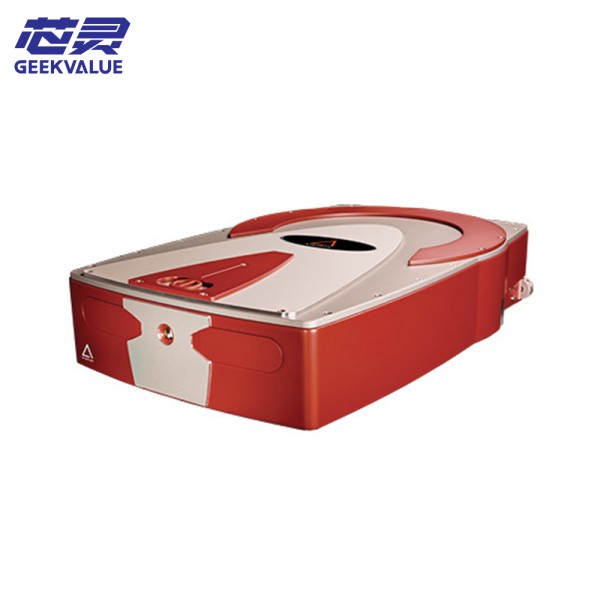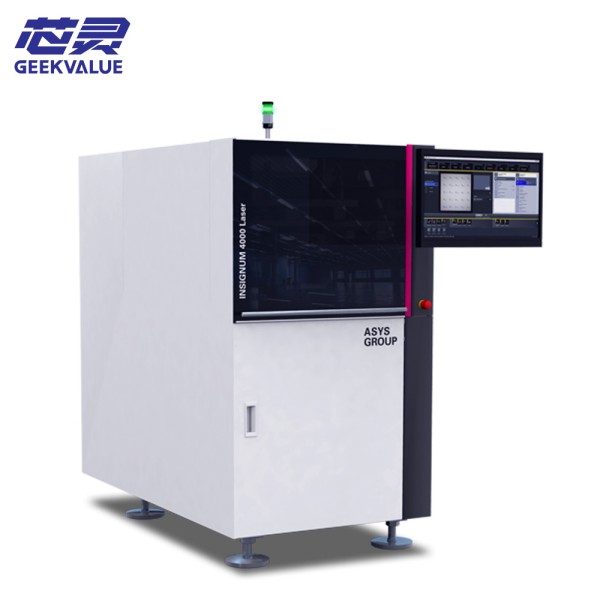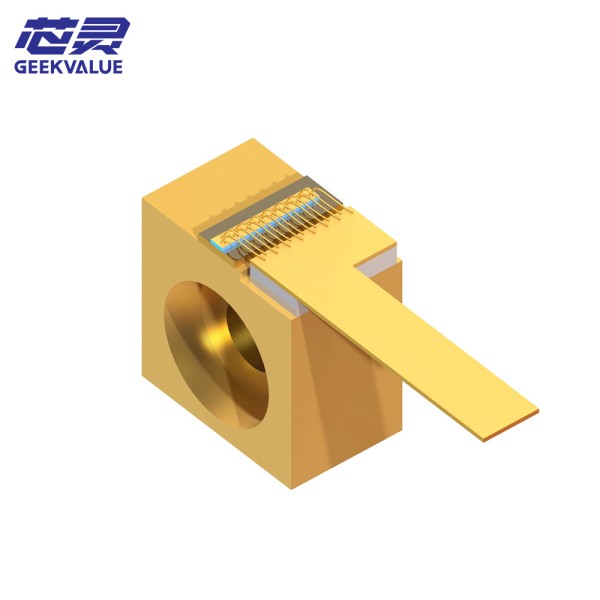Amplitude Laser Group's Satsuma series is a high-performance industrial-grade femtosecond laser widely used in precision micromachining, medical and scientific research. Due to its high power and ultra-short pulse characteristics, the equipment has extremely high stability requirements, and long-term use or improper operation may cause failures.
This article will provide comprehensive technical guidance from common faults, daily maintenance, repair ideas, preventive measures, etc., to help users reduce downtime risks and extend the service life of equipment.
2. Analysis of common faults of Satsuma lasers
(1) Reduced laser power or unstable output
Possible causes:
Aging of laser crystal (such as Yb:YAG) or thermal lens effect
Contamination or damage of optical components (reflector, beam expander)
Reduced efficiency of pump source (LD module)
Impact: Reduced processing accuracy, reduced cutting/drilling quality
(2) Pulse width widening or mode degradation
Possible causes:
Misalignment of resonant cavity (caused by mechanical vibration or temperature change)
Deviation or damage of dispersion compensation module (such as chirped mirror)
Lock system failure (such as SESAM failure)
Impact effect: Loss of femtosecond processing capability, increase in heat affected zone (HAZ)
(3) Cooling system alarm (abnormal water temperature/flow)
Possible causes:
Coolant contamination or leakage
Water pump/heat exchanger blockage
TEC (Thermoelectric cooler) failure
Impact: Laser overheating and shutdown, long-term damage to optical components
(4) Control system or communication error
Possible causes:
Mainboard/FPGA control board failure
Poor data line contact
Software compatibility issues (such as LabVIEW driver conflicts)
Impact: The device cannot be started or remote control fails
3. Daily maintenance methods
(1) Optical system maintenance
Weekly inspection:
Use dust-free compressed air to clean optical windows (such as output mirrors, beam expanders)
Check the alignment of the optical path to avoid deviations caused by mechanical stress
Quarterly maintenance:
Use special cleaning agent + dust-free cloth to wipe optical components (avoid alcohol damage to the coating)
Check the laser crystal ( Yb:YAG) transmittance, replace if necessary
(2) Cooling system management
Coolant replacement:
Use deionized water + preservative, replace every 6 months
Check the water pipe joints regularly to prevent water leakage
Radiator cleaning:
Clean the dust on the radiator every 3 months (to avoid the decrease of air cooling efficiency)
(3) Mechanical and electrical inspection
Vibration and temperature monitoring:
Ensure that the laser is installed on a shockproof platform
Ambient temperature is controlled at 18~25℃, humidity <60%
Power supply stability test:
Use an oscilloscope to detect power supply voltage fluctuations (need <±5%)
4. Maintenance ideas and troubleshooting process
(1) Quick diagnosis steps
Observe the alarm code (such as "Temp Error", "Pump Fault”
Module detection:
Optical part: Check the output with a power meter/beam analyzer
Electrical control part: Measure the pump current and mainboard signal
Refrigeration part: Check the working status of the flow meter and TEC
(2) Typical maintenance cases
Case 1: Power drop
Fault handling: Clean the optical components first → Detect the LD drive current → Check the resonant cavity lens
Solution: Replace the contaminated lens and restore power
5. Preventive measures and optimization suggestions
(1) Reduce human operating errors
Train operators to strictly prohibit direct contact with optical components
Set up permission management to avoid parameter imbalance
(2) Environmental optimization
Install a constant temperature and humidity system (especially for high-precision processing scenarios)
Use UPS power supply to prevent Stop voltage surge
(3) Regular professional calibration
Contact Amplitude official or authorized service providers every year to perform:
Spectral calibration (to ensure the accuracy of the central wavelength)
Pulse width detection (to maintain femtosecond performance)
6. Repair service support
If you cannot solve the problem yourself, our company can provide:
Original spare parts (such as SESAM, Yb:YAG crystal)
Emergency on-site service (response within 48 hours)
Performance optimization plan (upgrade software/hardware to extend life)
Conclusion
The stable operation of Satsuma femtosecond lasers depends on standardized operation + regular maintenance. The fault analysis and preventive measures in this article can significantly reduce the risk of downtime. If you need in-depth technical support, please feel free to contact our technicians







